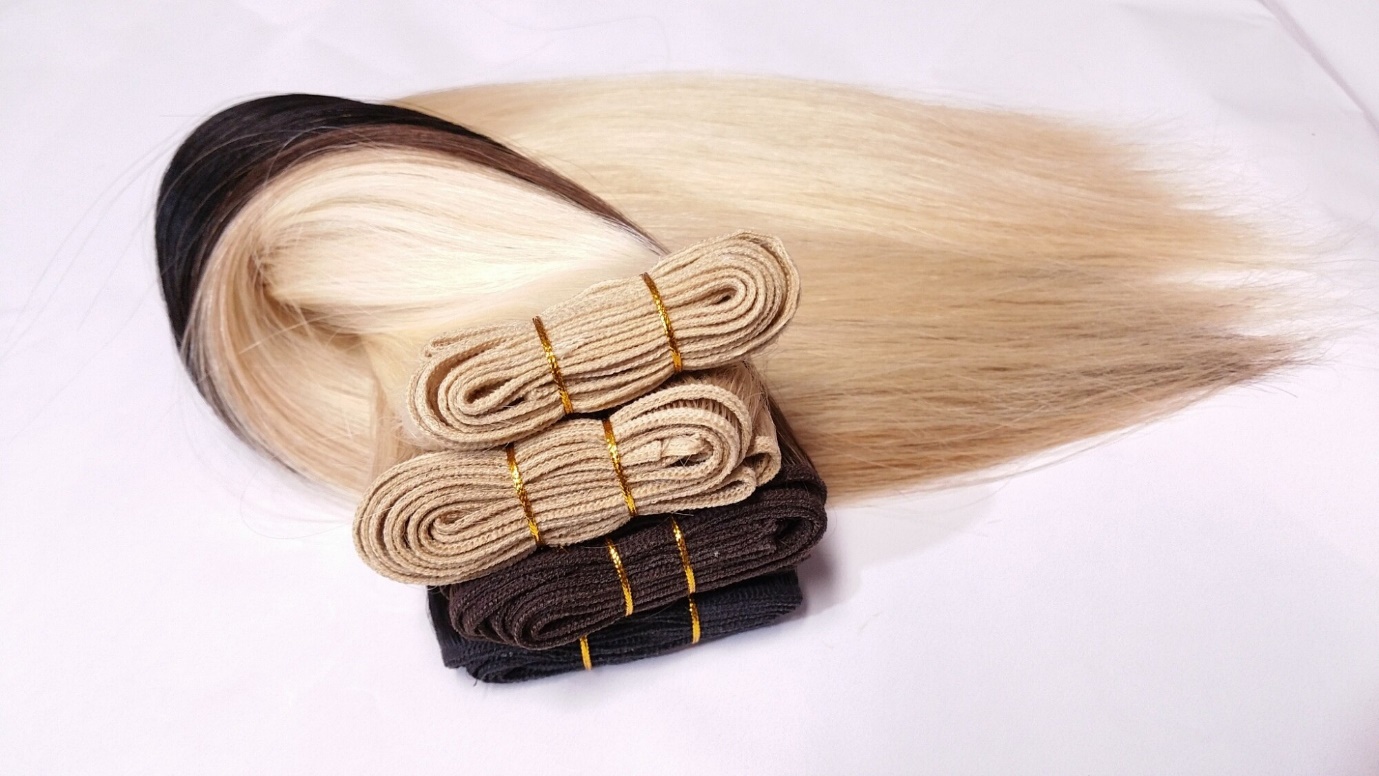
So, you thought cutting your hair was a good idea. That is until you looked in the mirror the next morning and realized you hated it. So, whether you’re looking to fix a bad hairdo or want to try something new, you should learn about the different types of hair extensions before making the investment.
Keep reading to learn everything you can (and can’t) do with the best hair extensions.
What Makes Types of Hair Extensions Different?
One of the biggest factors setting different hair extensions apart is material. Synthetic hair extensions are made from nylon or acrylic and have been processed to feel and act like natural hair. Human hair extensions come from donated locks and are typically easier to care for.
Hair type is not the only thing separating hair extension types.
Clip-in Hair Extensions
Clip-in hair extensions are arguably the most popular type of hair extensions and are easy to use at home. As the name suggests, you clip the extensions in at your roots and don’t need any heat, glue, chemicals, or sprays to stay in.
Depending on how many clip-ins you have, the application typically takes around 10 to 15 minutes. Applying any hair accessories does take practice, so take a look at this step-by-step guide for how to put in extensions and hair extension washing for a flawless look every time.
This type is a great option because they are so quick and don’t damage your hair. In addition, hair extension colors are a fun and simple way to add a new dimension to your hairstyle.
Tape-in Hair Extensions
Tape in hair extensions is a step up from clip-ins because they last longer. While clip-ins can be taken off or put on in a matter of minutes, tape-ins are applied by a trained stylist and last for six to eight weeks on average. They are applied to your hair roots with medical strength tape, ensuring a tight bond.
Unlike other extension types, these are workable for almost any hair type, including fine hair. As with other semi-permanent hair applications, you will need to be careful when shampooing and drying.
Conditioners or other products made with oil should be avoided as well as excessive heat when styling or drying. This can cause the extensions to slide or come off.
Sew-in Hair Extensions
Sew-in extensions are one of the most popular ways to change your hairstyle completely. As they are threaded into your hair, it needs to be thick enough to braid and hold the extensions. It is the most permanent kind and requires the least maintenance.
Microlink Hair Extensions
Microlink hair extensions also go by a few different names: microbeads, nanobeads, micro rings, or i-tips. Methods vary, but micro link extensions all follow a similar technique to fill out someone’s natural hair. Small bundles of hair, between 70 to 100 strands, are gathered, and the extensions bond to the root by metal and/or silicon clamps.
The average application requires over 100 micro links. However, they are not for everyone. For example, micro links work best with thicker hair.
What Hair Extensions Will You Try?
Now that you know about the different types of hair extensions, you can choose the best kind for your hair type and lifestyle. Did you like this article? Then check out the rest of our site for more fun articles on beauty, lifestyle, and more!



Leave a Reply